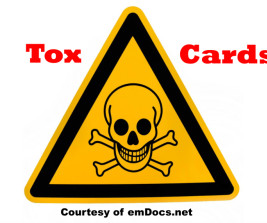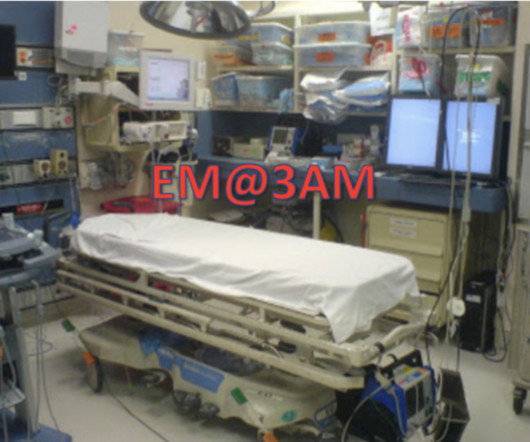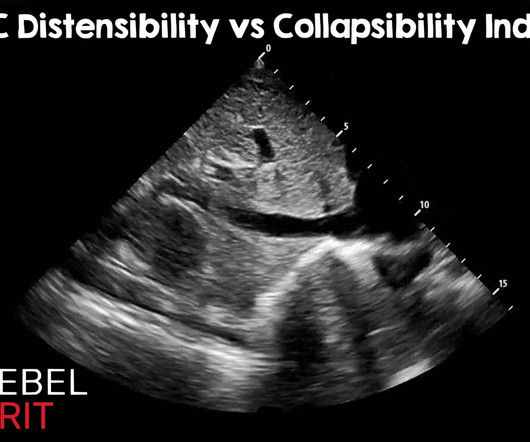ToxCard: Iron
EMDocs
DECEMBER 6, 2024
Aggressive fluid resuscitation as patients may be severely hypovolemic from GI symptoms. Case Follow-up: The patient received a fluid resuscitation with 20 mL/kg bolus of normal saline. Published 2012 Jul 1. 2012 Aug;39(8):719-24. Basic assessment: airway, breathing, circulation. Antiemetics as needed.
















Let's personalize your content